



STATE OF AGRICULTURE IN INDIA

INSIGHTS
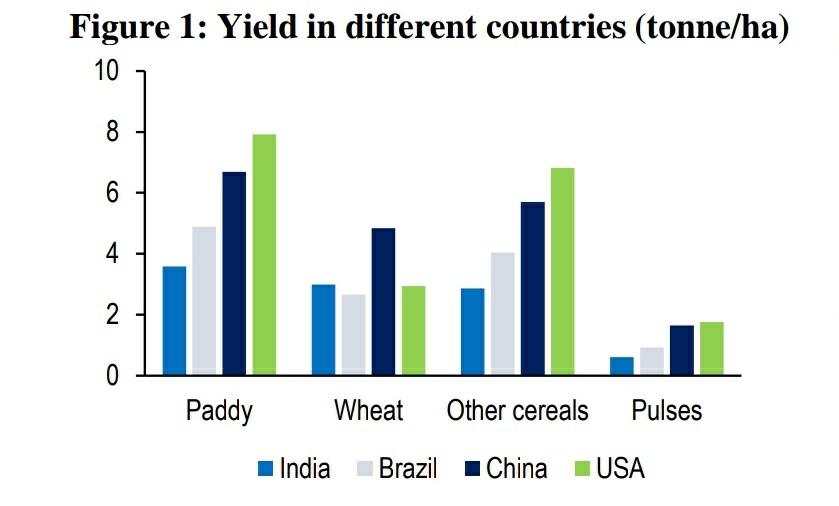
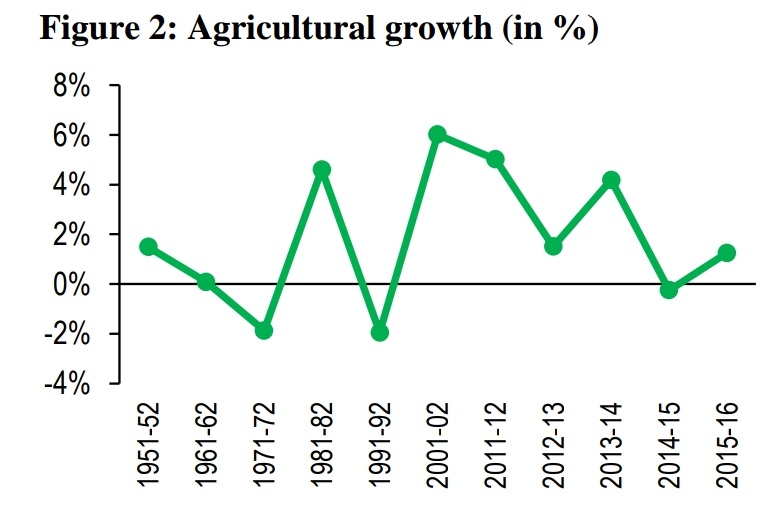
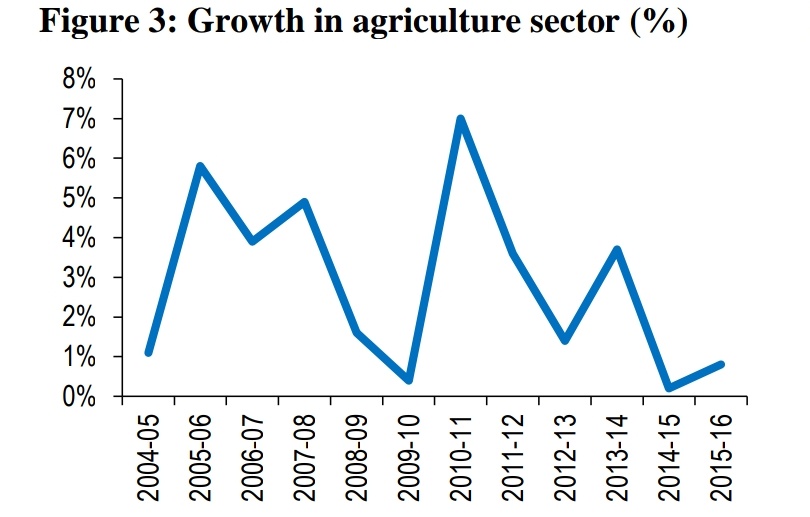
State of Agriculture
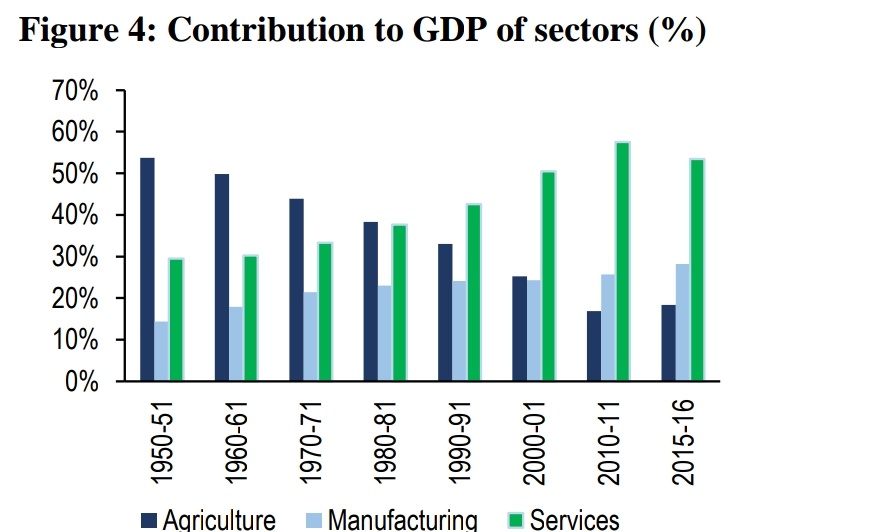
Agricultural production and yield
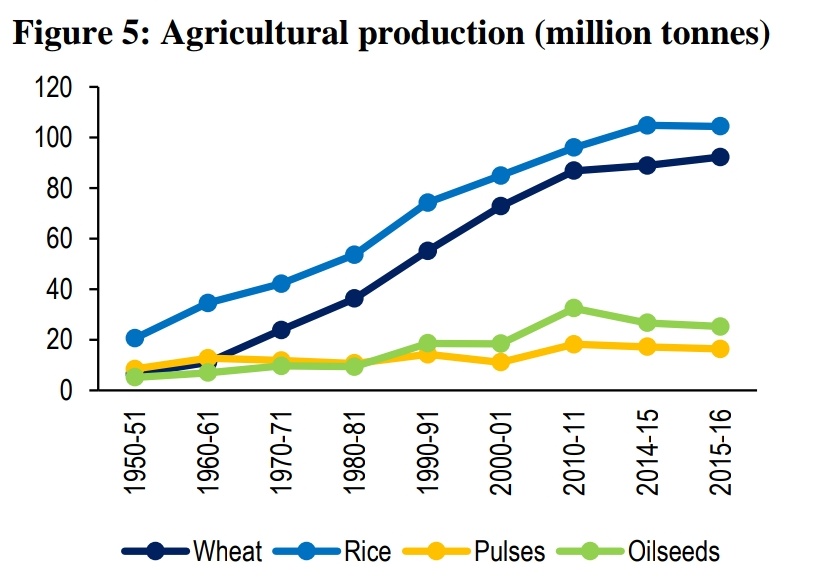
Food security and nutrition
Agricultural trade
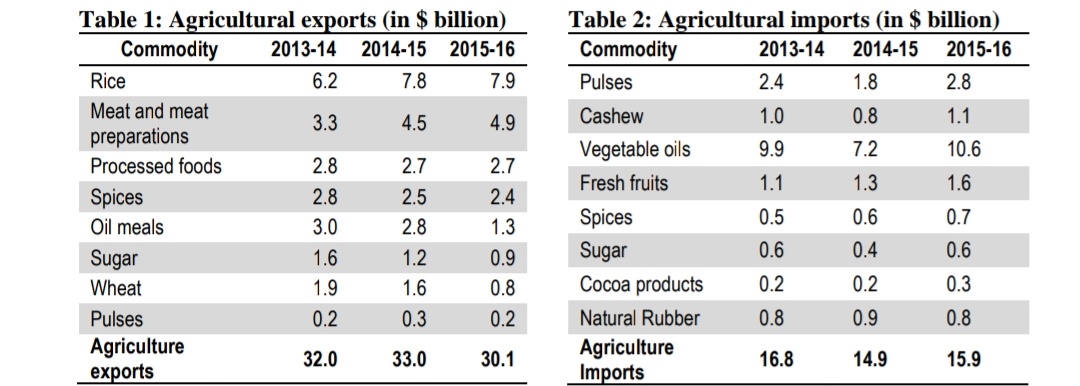
Factors affecting agricultural productivity
Increase in small land holdings
Land records and informal leasing
Access to agricultural credit and insurance
Availability of water
Micro-irrigation techniques
Soil and fertilizers
Agricultural machinery
Post-harvest activities
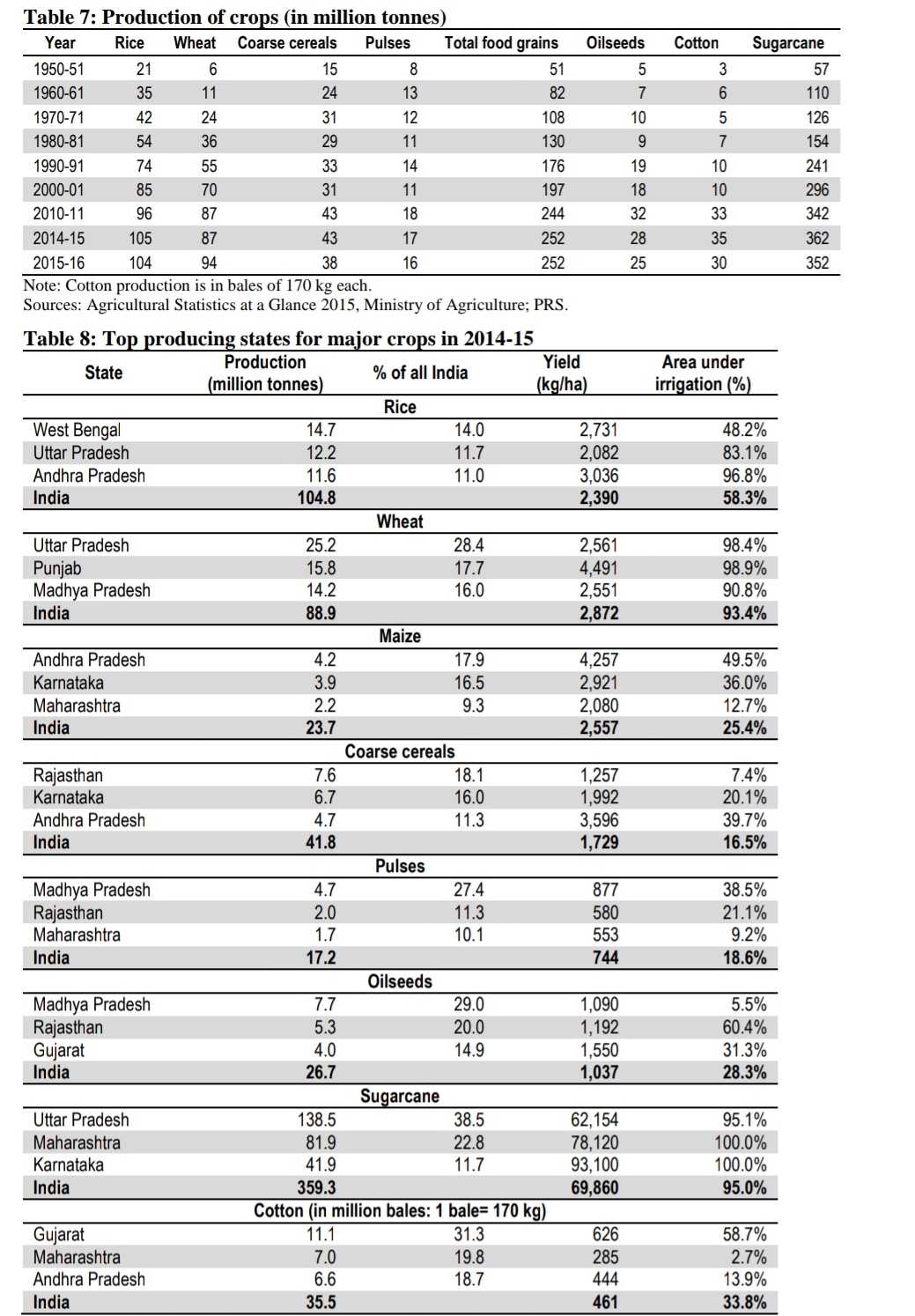
© 2025 iasgyan. All right reserved